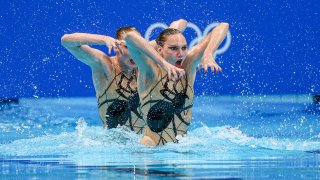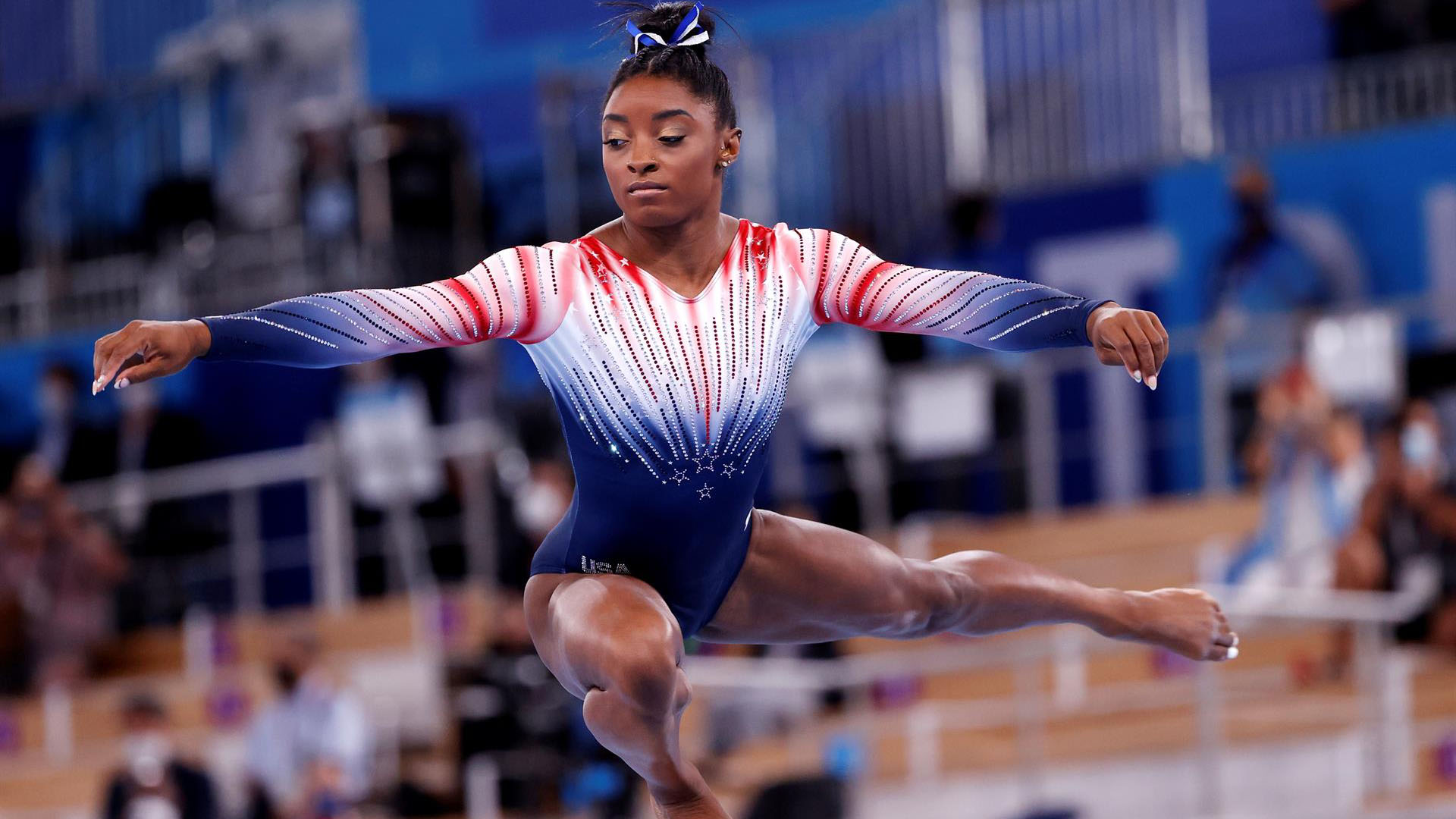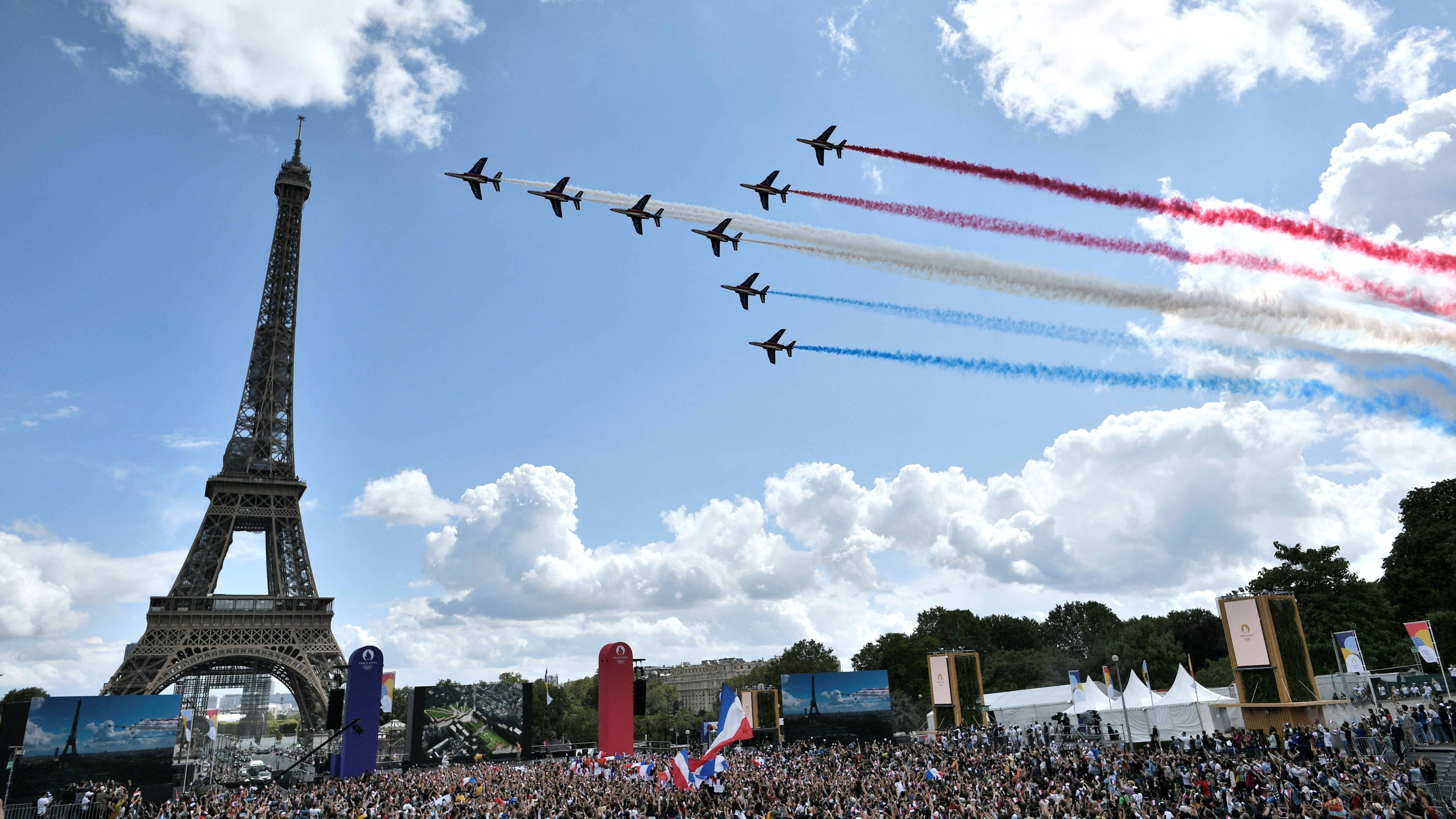
Scroll to Video
There's no questioning the athleticism of artistic swimmers in the Tokyo Olympics, but watching the athletes complete incredible routines in perfect sync while holding their breath for long periods of time never ceases to surprise.
The sport began its Olympic competition this week with the first medals awarded Wednesday in the finals of the event.
Svetlana Romashina won her sixth Olympic gold medal in the discipline at the Tokyo Games. She now stands alone as the most decorated athlete in her sport, and she has a chance to add a seventh medal in the team competition Saturday.
Get a weekly recap of the latest San Francisco Bay Area housing news. Sign up for NBC Bay Area’s Housing Deconstructed newsletter.
Romashina partnered with Svetlana Kolesnichenko to perform the top-scoring routines of all three elements of the competition, and the pair capped off their dominant run with a near-perfect 98.800 in the final. Their gold-medal routine featured extremely difficult and intricate choreography that was meant to mimic the movements of spiders.
Watch the stunning routine below:
Tokyo Olympics
Watch all the action from the Tokyo Olympics live on NBC
At 31 years, 317 days old, Romashina is the oldest artistic swimmer to ever win an Olympic medal and is the first woman to win three consecutive gold medals in the duet. Since 2000, athletes from Russia have won every artistic swimming gold.
SEE MORE: Artistic Swimming 101: Body Movements
Huang Xuechen and Sun Wenyan both picked up their fourth Olympic silver in the event with a score of 96.900 for their final free routine. The pair performed snake-themed choreography and finished 3.458 points behind the Russian duo.
Watch below:
Bronze medalists Marta Fedina and Anastasiya Savchuk captured Ukraine's first-ever Olympic medals in artistic swimming. Their final routine scored a 95.600 and cemented their spot on the podium.
Watch below:
Long misunderstood and maligned as a frothy performative spectacle, the sport once known as synchronized swimming has rapidly evolved into one of the most physically grueling specialties at the Olympics, with athletes training up to 10 hours a day.
So what does it take? The strength and power of weightlifters, the speed and lung capacity of distance swimmers, the flexibility and skill of gymnasts and the ability to perform in perfect sync with the music and each other. All while making it look easy — and without ever touching the bottom of the pool.
“Imagine sprinting all-out, while underwater, chlorine in your eyes, holding your breath and trying to be in line with seven of your other colleagues,” says Kim Davis, president of Artistic Swimming Australia.
Unlike other swimming events at the Olympics, goggles are banned in synchro. And because artistic swimmers are also critiqued on presentation and maintaining eye contact with the judges (which is why they wear heavy eye makeup highlighting their expressions) they can’t surface from the water squinting and rubbing their eyes.
An increasing focus in recent years on making the routines more difficult in a bid to score higher points has made the moves faster and the lifts higher, and has shrunk the distance between swimmers from a few feet to a few inches.
The intensity of the routines and the long stretches that swimmers must hold their breath for has resulted in some athletes passing out during performances.
Swimming’s global governing body, FINA, now warns in its judging manual that artistic swimmers who hold their breaths for more than 45 seconds risk hypoxia.
Though the sport focuses less on breath-holding skills than it once did, swimmers still spend a significant chunk of their performances below the surface. The Australian team, for example, is underwater for a total of 2 minutes and 20 seconds of their 4-minute routine, Thompson says.
In June, U.S. artistic swimmer Anita Alvarez briefly lost consciousness at the end of her duet routine during the Olympic qualifier in Barcelona.
After spotting the 24-year-old slipping beneath the surface, coach Andrea Fuentes yanked her mask down and dove, fully clothed, into the pool to rescue her.
Alvarez, who has undergone a battery of medical tests since then, says she still doesn’t know exactly why she fainted that day. But she suspects it was a mixture of physical and emotional exhaustion, plus the specific movements at the end of the routine.
Another round of artistic swimming competition will take place during the team event in Tokyo. Preliminary rounds are set to begin Friday.




